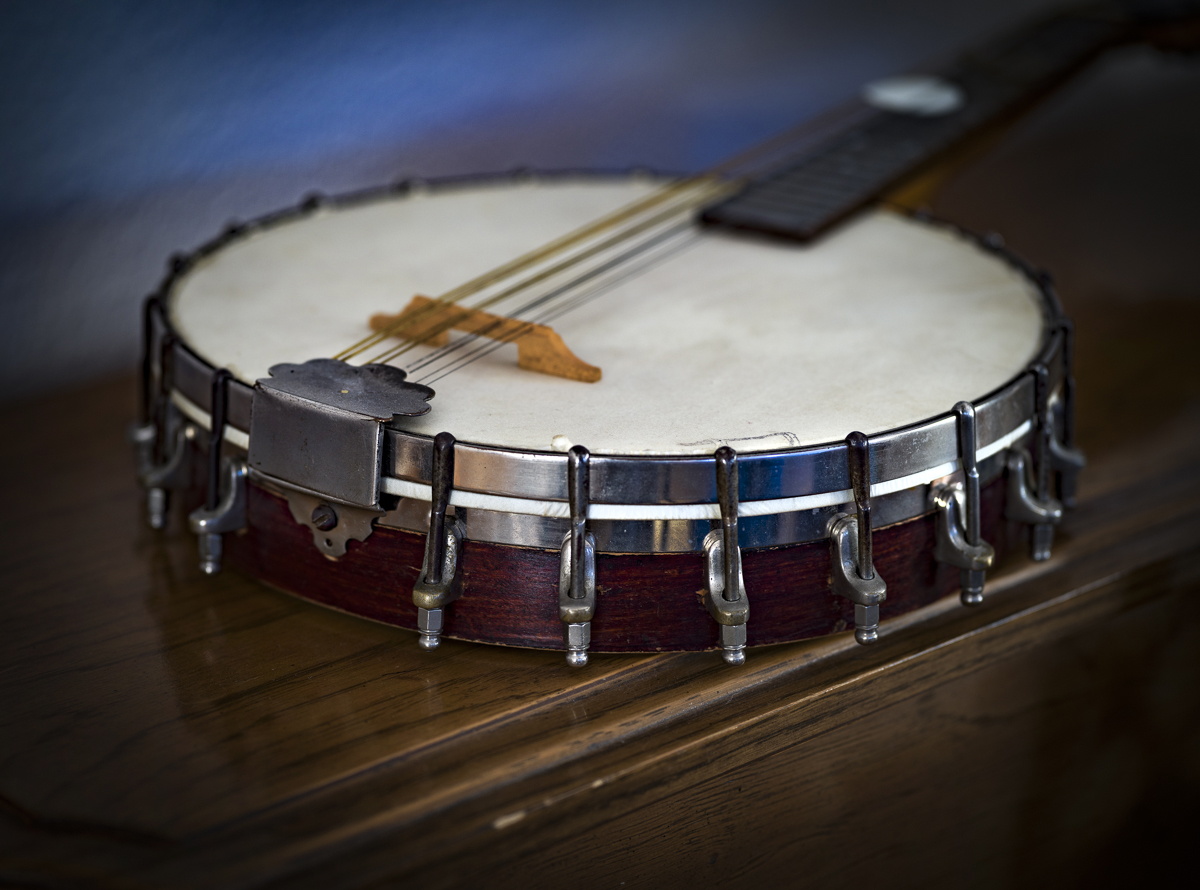Hi,
You have to take Diglloyd with a grain of salt. That said, many of his observations are good, but he sort of makes a bit to much noise about his findings and does not really invite to a constructive discussion.
Regarding focus shift, it has to do with spherical aberration. Spherical aberration means that rays going trough the periphery of a lens have a different focus than those passing trough the center. Stopping down cuts away the peripheral rays and makes focus more consistent.
Let's say, when I am manually focusing my zoom lenses at 11X magnification on the Sony A7rII, focus is not very distinct. Stopping down focus will be more distinct and optimum may move a bit.
Quite often the optimum focus shifts a bit when stopping down from large to medium apertures.
Contrast sensing AF systems can focus well stopped down, after all the focusing system just tries to maximise fine detail contrast. Phase detection is often working fully open, so the phase error measured by the AF system is not masked by depth of field. But, that may lead to focus being optimised for open aperture instead of shooting aperture. With good medium aperture lenses this may not matter a lot.
If a lens is sharp at full aperture it means that aberrations will be well balanced. If the lens gains a lot of sharpness when stopping down it is reasonable to expect that it will have some shift of focus.
I got some interest in subscribing to Diglloyds pages again. But his terms are restrictive and he doesn't really invite to a discussion, so I guess i will pass on a subscription. That said, much of the info is good and solid. But, it is a part of the business that his reporting may be a bit out of proportions.
Just a few examples:
- Diglloyd was the first to report on shutter induced vibrations on the Sony A7r. I think he was proved right on the basic issue.
- Diglloyd reported on tilted focal plane on the otherwise excellent Sony 90/2.8 G Macro. I can see the same, and LensRentals may have made the same observation.
- Diglloyd has also reported on noise effects of the Sony raw compression scheme. Quite a few image processing experts had the opportunity to check out some of his files, but Diglloyd's restrictions forbade a constructive discussion.
My take is that both methodology and raw images should be shared for common benefits and also that an open discussion is a beneficial learning experience for all involved.
So, my take is really is:
- If you are happy with your stuff just stay happy with your stuff.
- Discussion may widen our perspective, potentially good…
- Good discussions may be a learning experience
Kind regards
Erik
I hate to admit this but I had no real idea of what "focus shift" was. Diglloyd has some really bad stuff to say about focus shift in the 90 lens that I used for this shot. I always just focused on what I wanted (many times manually) and that was that. Anyway this was shot with my 90 lens iso 100 at f4. Looks OK to me. I've never worked commercially so possibly that's why I never knew about stuff like focus shift. Now I know but don't think I'll be worried about this on my two X1D lenses. They'er way good enough. Eleanor






